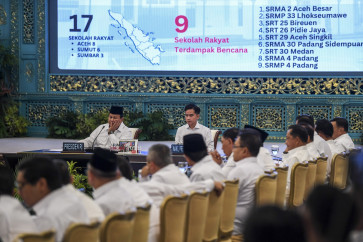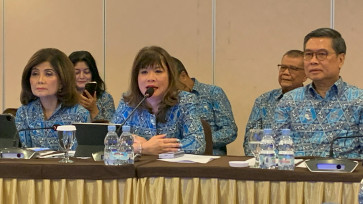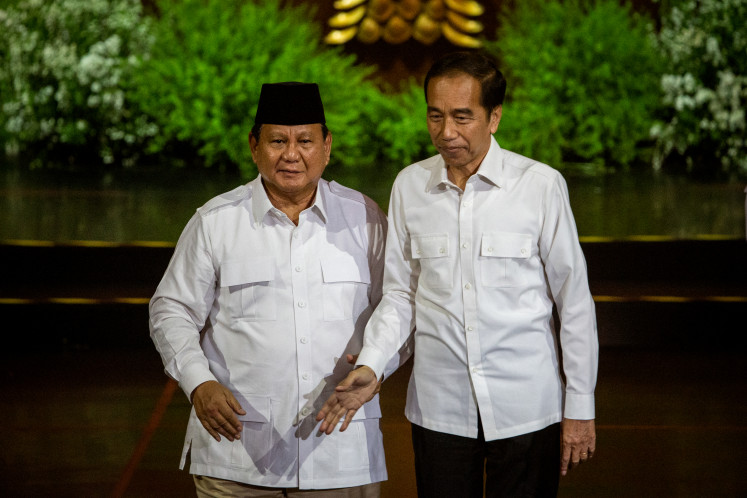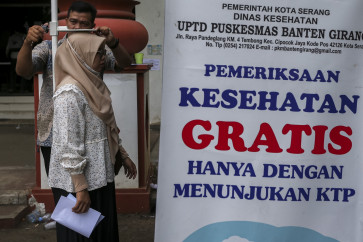Popular Reads
Top Results
Can't find what you're looking for?
View all search resultsPopular Reads
Top Results
Can't find what you're looking for?
View all search resultsThe health workforce equity challenge in Asia
Across the region, the story of the health workforce reveals deep inequities.
Change text size
Gift Premium Articles
to Anyone
A
s the ASEAN Summit recently concluded, the similarity in challenges across many Asian countries and thereby the potential to jointly address these comes into focus.
Much has been written about India’s health workforce distribution challenge, a combined effect of overall shortage, unequal urban-rural and regional allocation, persistent public sector vacancies and insufficient skill-mix among health professionals, disproportionately impacting rural populations and low-income states.
What is important to note, however, is that the challenge is not specific to India, but faced by several countries in the Asia region.
Across Bangladesh, Bhutan, Timor-Leste, India, Sri Lanka, Thailand, the Philippines, Vietnam, Nepal and the Maldives, the story of the health workforce reveals deep inequities.
There are persistent rural-urban disparities, with nearly 70 percent of doctors in Bangladesh working in urban areas. Timor-Leste has fewer than 25 health workers per 10,000 people, well below WHO standards. Bangladesh faces deficits of over 60,000 doctors and 140,000 nurses.
Cross country migration deepens the challenge. Sri Lanka and Bhutan witness nurses and doctors leaving for higher pay abroad and the Philippines has built nurse migration into an economic model, with remittances flowing back even as hospitals at home remain understaffed.
Dependence on expatriates is considerable, with the Maldives and, to some extent, Bhutan depending heavily on foreign doctors and nurses, raising questions about sustainability, cost and morale among local staff.



















